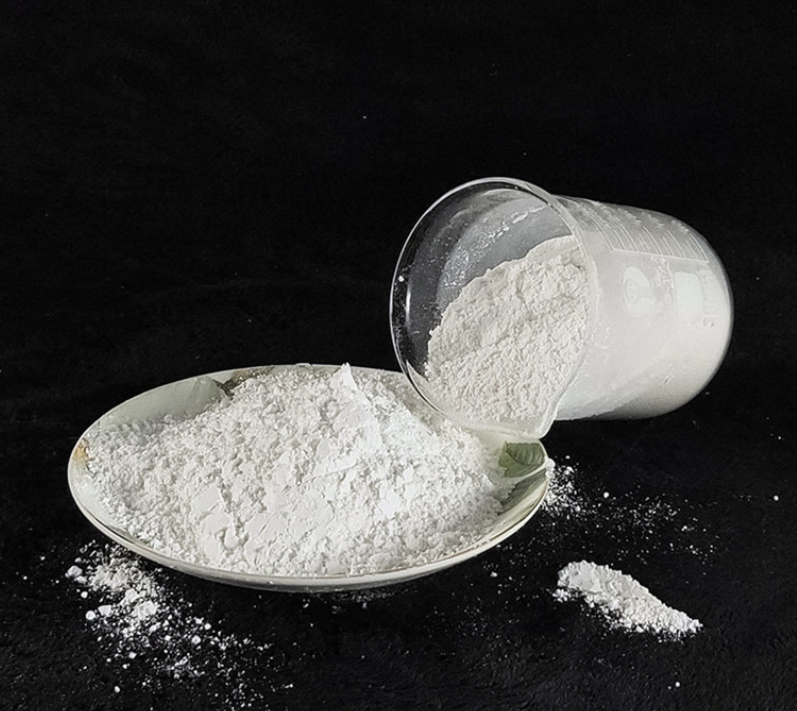Application and research progress of hydroxide flame retardant in polyethylene

Polyethylene (PE) is a thermoplastic resin obtained by the polymerization of monomer ethylene. It has good cold resistance, good mechanical strength and dielectric properties. It is widely used in cables, films, pipes, packaging, containers, medical appliances and other products. But the PE oxygen index is 17.4%, which is a flammable material. PE material has a fast burning speed, a large amount of heat/smoke, and it is easy to melt and drop when burning, which poses a great threat to the safety of life and property, and limits the use and development of polyethylene. Therefore, it is imperative to carry out flame retardant modification.
Metal hydroxide flame retardants are mainly aluminum hydroxide and magnesium hydroxide. Magnesium-aluminum flame retardants have good stability, non-toxicity, and low smoke generation. During the combustion process, water vapor will be released to dilute the combustible gas, take away part of the heat, inhibit combustion, and produce a flame retardant effect. Aluminum-magnesium flame retardant can prolong the ignition time and reduce the heat release rate. The compatibility of magnesium hydroxide with PE is poor and the flame retardant efficiency is low. It needs a large amount of addition to improve the flame retardant performance, and a large amount of addition will reduce the processing of composite materials. sex and mechanical properties.
Magnesium hydroxide was surface-modified with sodium stearate and polyethylene glycol as modifiers, and high-density polyethylene flame retardant composites were prepared. The research shows that when the addition amount of modified magnesium hydroxide is 30%, the tensile strength of HDPE/magnesium hydroxide composite material is 12.3MPa, magnesium hydroxide has good compatibility with HDPE, and the limiting oxygen index is increased to 24.6% , the flame retardant performance improved less.
Layered double hydroxide will release CO2 and H2O when it decomposes, dilute and block oxygen, making it have a good flame retardant effect and can replace halogen and phosphorus-containing flame retardants.
Aluminum hydroxide/Mg-Fe-LDH/HDPE flame retardant composites were prepared with aluminum hydroxide and self-made magnesium iron double hydroxide (Mg-FeLDH) as flame retardants. The study found that aluminum hydroxide and Mg-Fe-LDH can effectively inhibit the CO release and heat release during the combustion of composite materials (HDPE1, HDPE2, HDPE3), making HDPE difficult to ignite. When the total amount of flame retardants is 40% (2% of Mg-Fe-LDH, HDPE2), HDPE composites have good flame retardant properties.
HDPE composites were prepared with aluminum hydroxide, expanded vermiculite and antimony trioxide as flame retardants. The study found that when the ratio of aluminum hydroxide/expanded vermiculite was 3:2, the mechanical properties of the composite material were better, and the smoke suppression and flame retardant performance reached FV-0 level. When the total amount of aluminum hydroxide and expanded vermiculite is 50%, the limiting oxygen index first increases and then decreases with the increase of aluminum hydroxide, and the optimum ratio is 3∶2.
The effects of magnesium hydroxide and zinc borate on the flame retardant properties of linear low density polyethylene and ethylene ethyl acrylate copolymer were studied. It was found that with the increase of the ratio of magnesium hydroxide and zinc borate, the flame retardant performance of the composite material improved. When the addition amount of magnesium hydroxide was 65%, the flame retardant performance was the best, reaching the UL94V-0 level.
The effect of magnesium hydroxide on the flame retardant properties of linear low density polyethylene was studied. When the dosage of magnesium hydroxide reaches 70%, the limiting oxygen index reaches 31.4%, which is about 71% higher than that of pure material, and the vertical combustion test reaches V-0 level.
Metal hydroxide flame retardants are safe, environmentally friendly and inexpensive. When used alone, the flame retardant effect is not good, and a large amount of addition is required to improve the flame retardant performance of the material, but when a large amount is added, the mechanical properties will be reduced. Therefore, it is the research direction of hydroxide flame retardant to study surface modification and use it in combination with nitrogen and phosphorus flame retardants to improve the flame retardant performance and reduce the addition amount.
